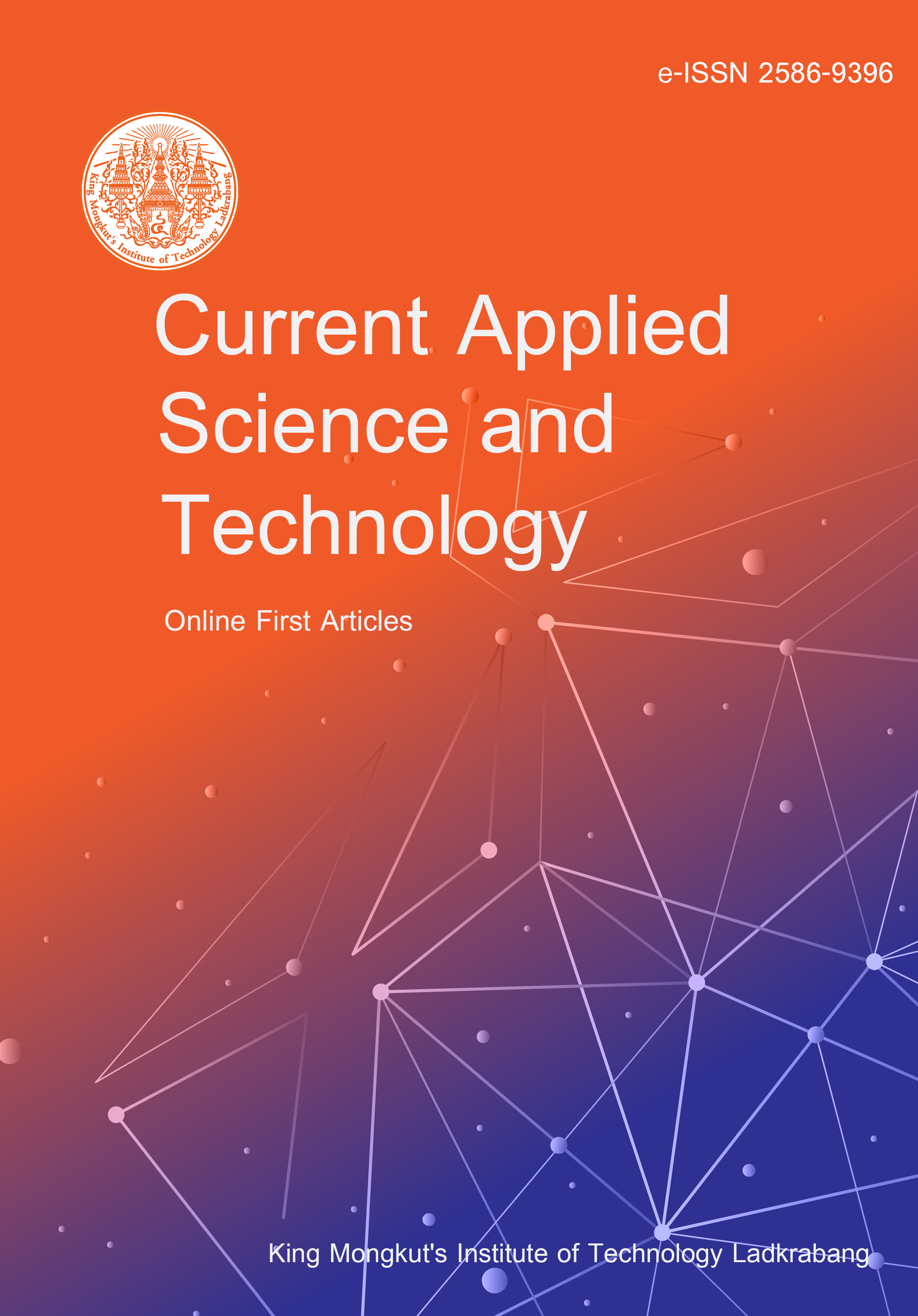Groundwater is an important drinking water source in Kathmandu Valley, Nepal. With the increasing extraction and utilization of the groundwater source, the quality and impact on health of groundwater consumption remain significant issues. Hence, the study was aimed at evaluating the quality of water from dug-wells in the Ramkot area of the Nagarjun Municipality of the Valley, and the assessment was based on water quality index (WQI), heavy metal evaluation index (HEI), and health risks associated with heavy metals (HMs). Thirty-one water samples were collected during winter (December-January, 2023/2024) and analyzed for eleven physicochemical parameters. Inductively coupled plasma-mass spectrometry (ICP-MS) was used to analyze Cd, Cr, Cu, Fe, Mn, Ni, Pb, and Zn, while pH, electrical conductivity (EC), and total dissolved solids (TDS) were recorded in situ. The results showed concentrations of heavy metals in the order of Fe > Mn > Zn > Cu > Cr > Ni > Pb > Cd. The Fe and Mn concentrations exceeded the safe limits as per the USEPA, NDWQS, and WHO guidelines. Pearson's correlation analysis showed strong and significant positive correlations between EC and TDS, and Cr and Ni. The WQI of 59.74 classified the water quality as of good category and grade B, indicating that the water was suitable for agricultural, commercial, and domestic purposes but not for drinking. The HEI value of 8.479 implied low heavy metal contamination. The health risk assessment indicated that children had a higher non-carcinogenic risk (HItotal = 1.39) compared to adults. Moreover, both children and adults may experience a potential carcinogenic risk from Cr exposure, based on TLCR values. This study provides critical insights into the extent of heavy metal pollution in dug-well water, supplying essential information that can shape public health policies and assist in effective groundwater management strategies to mitigate health risks in the Ramkot area.
Kandel, S. ., Adhikary, B. ., Maharjan, J. ., Shakya, B. D. ., Shrestha, M. ., Karki, D. C. ., Pant, D. R. ., & Shakya, P. R. . (2025). Evaluating Water Quality and Health Risks from Heavy Metals Contamination in Dug Well Water in Ramkot Area of Nagarjun Municipality, Kathmandu, Nepal. CURRENT APPLIED SCIENCE AND TECHNOLOGY, e0265632. https://doi.org/10.55003/cast.2025.265632

